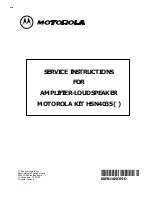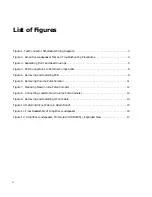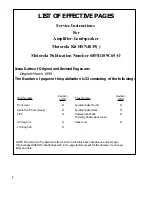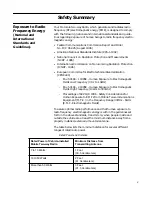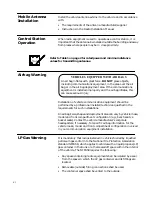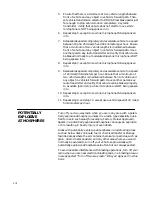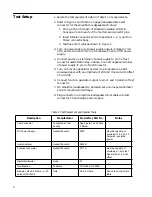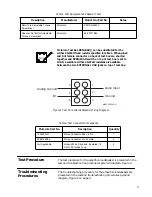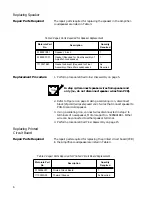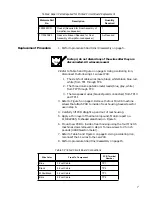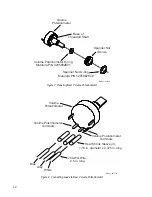
Mobile Antenna
Installation
Install the vehicle antenna
external
to the vehicle and in accordance
with:
•
The requirements of the antenna manufacturer/supplier
•
Instructions in the Radio Installation Manual
Control Station
Operation
When radio equipment is used to operate as a control station, it is
important that the antenna be installed outside the building and away
from places where people may be in close proximity.
Airbag Warning
Installation of vehicle communication equipment should be
performed by a professional installer/technician qualified in the
requirements for such installations.
An air bag’s size, shape and deployment area can vary by vehicle make,
model and front compartment configuration (e.g., bench seat vs.
bucket seats). Contact the vehicle manufacturer’s corporate
headquarters, if necessary, for specific air bag information for the
vehicle make, model and front compartment configuration involved
in your communication equipment installation.
LP Gas Warning
It is mandatory that radios installed in vehicles fuelled by liquefied
petroleum gas conform to the National Fire Protection Association
standard NFPA 58, which applies to vehicles with a liquid propane (LP)
gas container in the trunk or other sealed off space within the interior
of the vehicle. The NFPA58 requires the following:
•
Any space containing radio equipment shall be isolated by a seal
from the space in which the LP gas container and its fittings are
located.
•
Removable (outside) filling connections shall be used.
•
The container space shall be vented to the outside.
Note
Refer to Table 1 on page 2 for rated power and minimum distance
values for transmitting antennas.
VEHICLES EQUIPPED WITH AIR BAGS
An air bag inflates with great force. DO NOT place objects,
including communications equipment, in the area over the air
bag or in the air bag deployment area. If the communications
equipment is installed improperly and the air bag inflates, this
can cause serious injury.
vi

